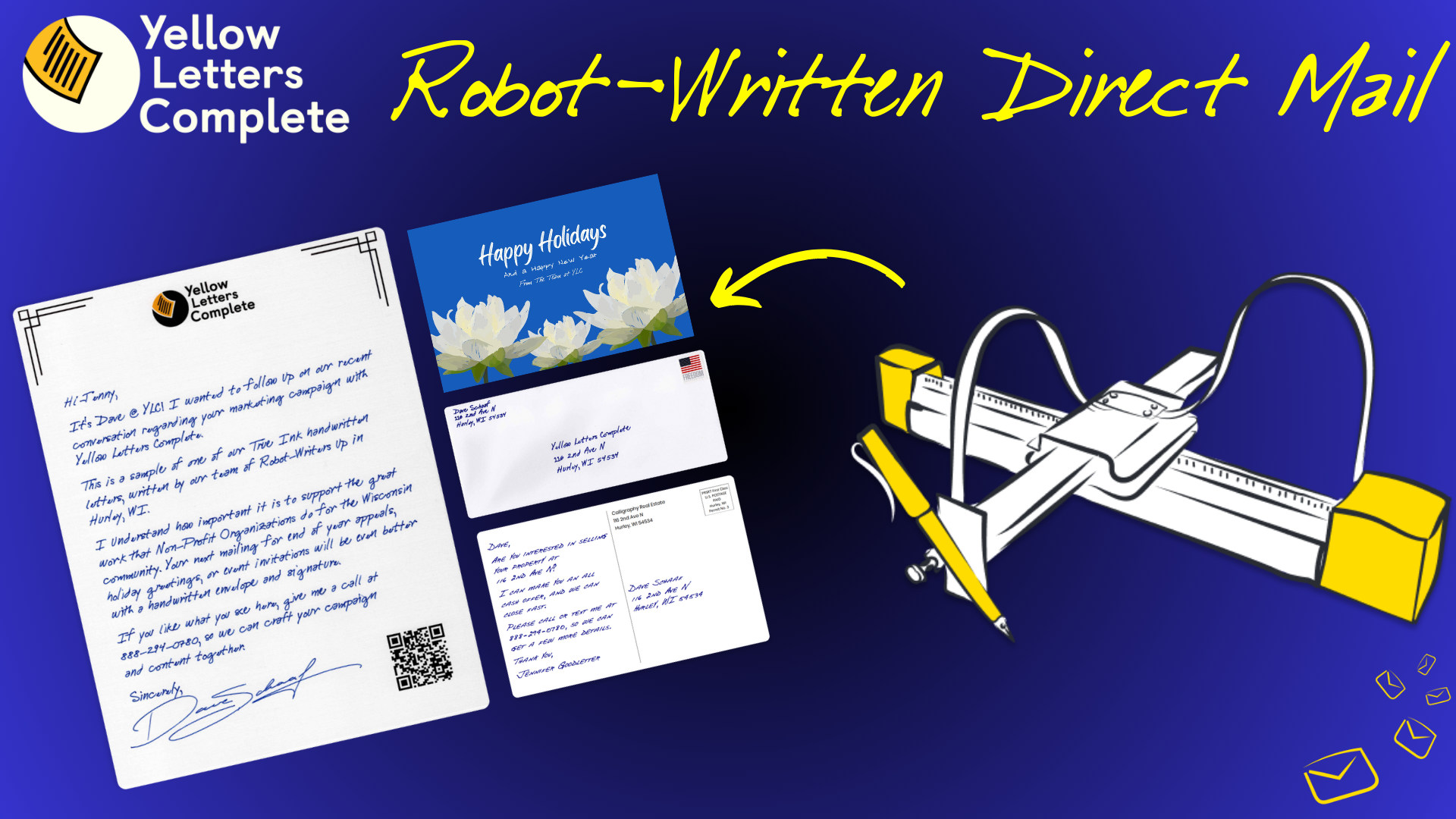In today’s fast-paced digital landscape, multichannel marketing has become a necessity for businesses aiming to connect with their target audience effectively. It’s not just about having a presence across various channels; it’s about seamlessly integrating these channels to create a unified brand experience. In this blog post, we’ll explore the art of mastering multichannel marketing and the strategies that can help your business thrive in this dynamic landscape.
The Multichannel Marketing Landscape
Multichannel marketing involves reaching your audience through multiple channels such as social media, email, websites, mobile apps, direct mail, and more. Each channel offers a unique way to engage with your audience, but the real magic happens when you integrate them strategically.
Why Multichannel Marketing Matters
- Expanded Reach: Different audience segments prefer different channels. Multichannel marketing allows you to reach a broader and more diverse audience.
- Consistent Branding: When done right, multichannel marketing ensures that your brand message and identity remain consistent across all channels, reinforcing brand trust and recognition.
- Improved Engagement: Engaging with your audience across various touchpoints fosters deeper connections and enhances customer loyalty.
- Data-Driven Insights: Each channel generates valuable data. By integrating these data sources, you gain a holistic view of your audience’s behavior and preferences.
Strategies for Seamless Multichannel Integration
- Audience-Centric Approach: Start by understanding your target audience. What channels do they use? What kind of content do they prefer? Tailor your strategy accordingly.
- Unified Messaging: Your brand’s messaging should remain consistent across channels. Create a brand style guide to ensure uniformity in tone, voice, and visual elements.
- Cross-Channel Promotion: Promote your various channels within each other. For example, your email campaigns can encourage social media engagement, and your website can promote your mobile app.
- Data Integration: Invest in tools that allow you to collect and integrate data from various channels. This enables you to build a comprehensive customer profile.
- Automation and Personalization: Use marketing automation to deliver personalized content and offers based on user behavior across channels. Personalization increases engagement.
Real-World Examples of Multichannel Integration
- Starbucks: Starbucks seamlessly integrates its mobile app, rewards program, and in-store experience. Customers can order ahead on the app, pay with rewards, and earn stars for future free drinks.
- Disney: Disney’s MagicBand system integrates theme park access, hotel room keys, fast-passes, and payment options into a single wearable band, enhancing the guest experience.
- Amazon: Amazon’s recommendation engine uses data from previous purchases to suggest products, creating a personalized shopping experience that spans their website, email, and app.
Challenges and Solutions
Multichannel marketing isn’t without its challenges. Coordinating efforts across channels, ensuring data security, and maintaining consistent branding can be complex. However, the benefits far outweigh the challenges. Investing in the right technology and talent can help your business navigate this dynamic landscape successfully.
In conclusion, mastering multichannel marketing is about creating a seamless, cohesive brand experience for your audience across all touchpoints. By understanding your audience, unifying your messaging, and strategically integrating channels, your business can thrive in the digital age where multichannel marketing is not just an option but a requirement for sustained success.









